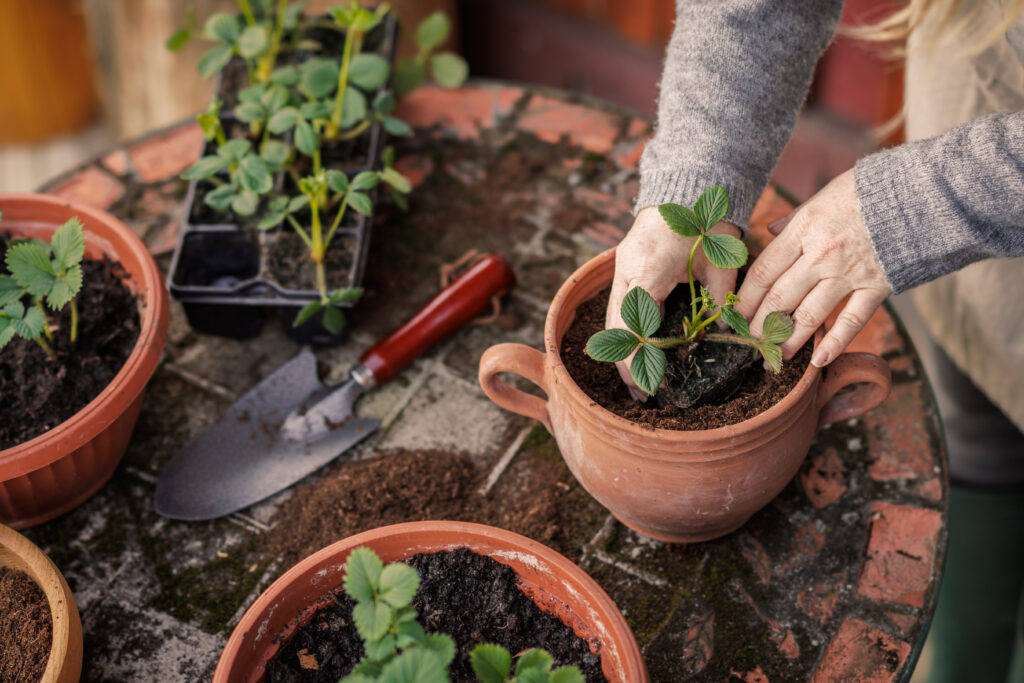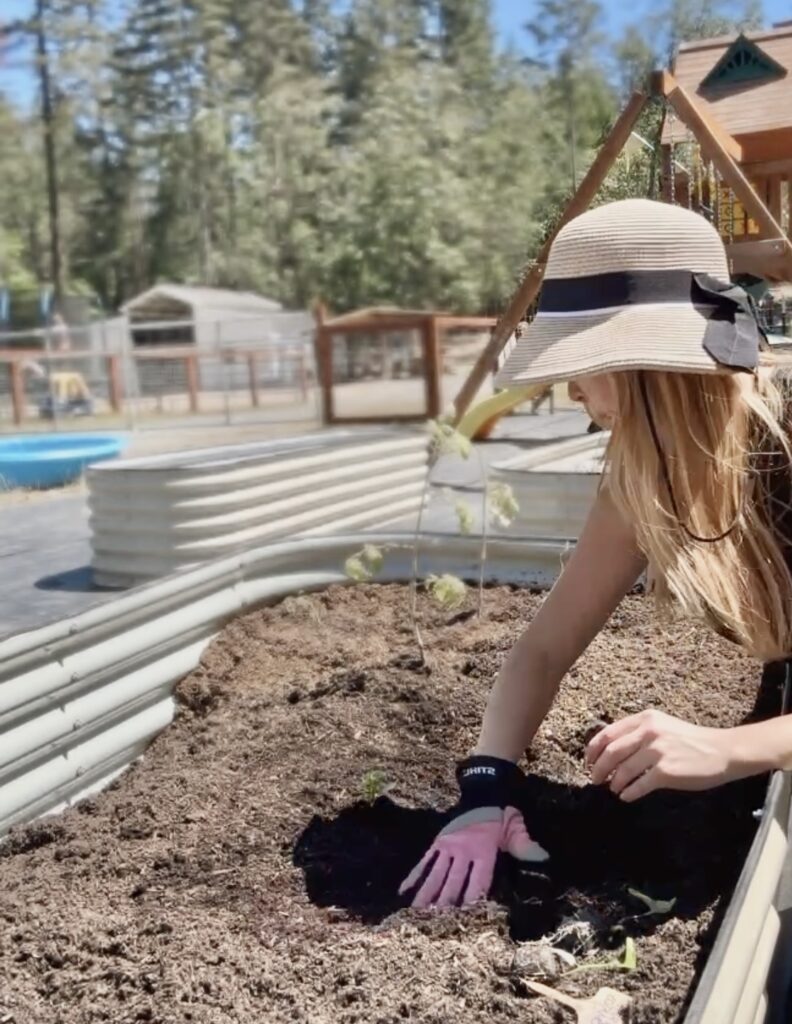
I’ll be honest, when I started gardening, I thought soil was just… dirt. As long as it wasn’t rock or sand, I figured it would work. Spoiler: it didn’t. My plants were sad, my tomatoes were the size of ping-pong balls, and no amount of watering or fussing fixed it. Turns out, healthy soil is the absolute foundation of a successful garden. If you get your soil right, everything else gets easier — fewer pests, better yields, and plants that actually thrive without constant babysitting.
If you’re new to the world of soil health, don’t worry — I’ve got you covered.
Table of Contents
Why Soil Health Matters
Healthy soil is alive. It’s full of microbes, earthworms, fungi, and organic matter all working together to break down nutrients and feed your plants. When your soil is healthy, plants:
- Grow faster
- Resist pests and disease better
- Produce bigger, tastier harvests
- Need less fertilizer and water
Once I stopped treating my soil like dirt and started feeding it like a living thing, my garden *exploded with life — fewer pests, bigger tomatoes, and richer flavor.
How to Test Your Soil (Easy Options for Beginners)
Before you dump a bag of fertilizer on your garden, you need to know what’s already in your soil — and what’s missing. I added the wrong fertilizer and fried my tomatoes one year and knew I was missing something.
Easy Ways to Test Your Soil
- DIY Test Kit – Available at any garden store. Measures pH, nitrogen, phosphorus, and potassium.
- Squeeze Test – Grab a handful of moist soil. If it crumbles easily, it’s loamy (great). If it sticks together like clay, you’ve got work to do.
- Jar Test – Fill a jar with water and soil, shake it up, and let it settle. You’ll see layers of sand, silt, and clay — a quick snapshot of your soil type.
- Extension Office Test – The gold standard. Send a sample to your local extension office for a full nutrient and pH analysis.
I test my garden every spring and fall — it’s like a health check-up for my soil.
The 3 Key Components of Healthy Soil
1️⃣ Organic Matter
Compost, decomposed leaves, aged manure — all the good stuff that feeds microbes and holds moisture.
2️⃣ Structure (Sand, Silt, Clay)
The perfect soil is a loamy blend — crumbly, well-drained but still holds moisture.
| Soil Type | What It Means | How to Improve |
| Sandy | Drains too fast | Add compost & organic matter |
| Clay | Holds water, compacts easily | Add compost & sand to improve drainage |
| Loam | Just right | Maintain with annual compost |
3️⃣ pH & Nutrients
Most veggies thrive in slightly acidic to neutral soil (pH 6.0-7.0). Out-of-whack pH can block nutrients, no matter how much compost you add.
If you have terrible soil, don’t fight it — start with raised beds filled with good-quality soil.

How to Improve Your Soil (Even if It’s Terrible)
Step 1: Add Organic Matter
Compost is your best friend. Spread 2-3 inches of compost on top of your beds every spring and fall.
Step 2: Avoid Tilling (as Much as Possible)
Tilling breaks up beneficial fungal networks and disturbs soil life. Use a broadfork or just loosen the top few inches when planting.
Step 3: Use Cover Crops
Plant clover, buckwheat, or winter rye in empty beds to feed soil life and prevent erosion.
Step 4: Mulch, Mulch, Mulch
Cover bare soil with straw, leaves, or grass clippings to retain moisture, suppress weeds, and feed the soil as it breaks down.
Step 5: Amend Based on Test Results
- Too acidic? Add lime.
- Too alkaline? Add sulfur or pine needles.
- Low nitrogen? Add composted manure, alfalfa meal, or blood meal.
- Low phosphorus? Add bone meal.
- Low potassium? Add wood ash or kelp meal.
I compost everything from kitchen scraps to chicken coop bedding — homemade compost is garden gold.
Simple Steps to Maintain Healthy Soil Year After Year
✅ Top up with compost every season — even after harvesting.
✅ Rotate crops to avoid depleting the same nutrients year after year.
✅ Grow nitrogen-fixing crops (like peas and beans) to naturally enrich the soil.
✅ Avoid walking on garden beds to keep soil fluffy.
✅ Plant flowers and herbs nearby to attract beneficial insects and boost soil life.
After every harvest, I spread a layer of compost and let the soil rest under mulch until the next planting. It keeps everything balanced.
FAQs About Garden Soil
If you treat your soil like a living, breathing foundation, your garden will reward you with stronger plants, better harvests, and fewer problems. Healthy soil is like a pantry stocked with everything your plants need — and the better you feed it, the better it feeds you.
Happy Gardening
Linnea
